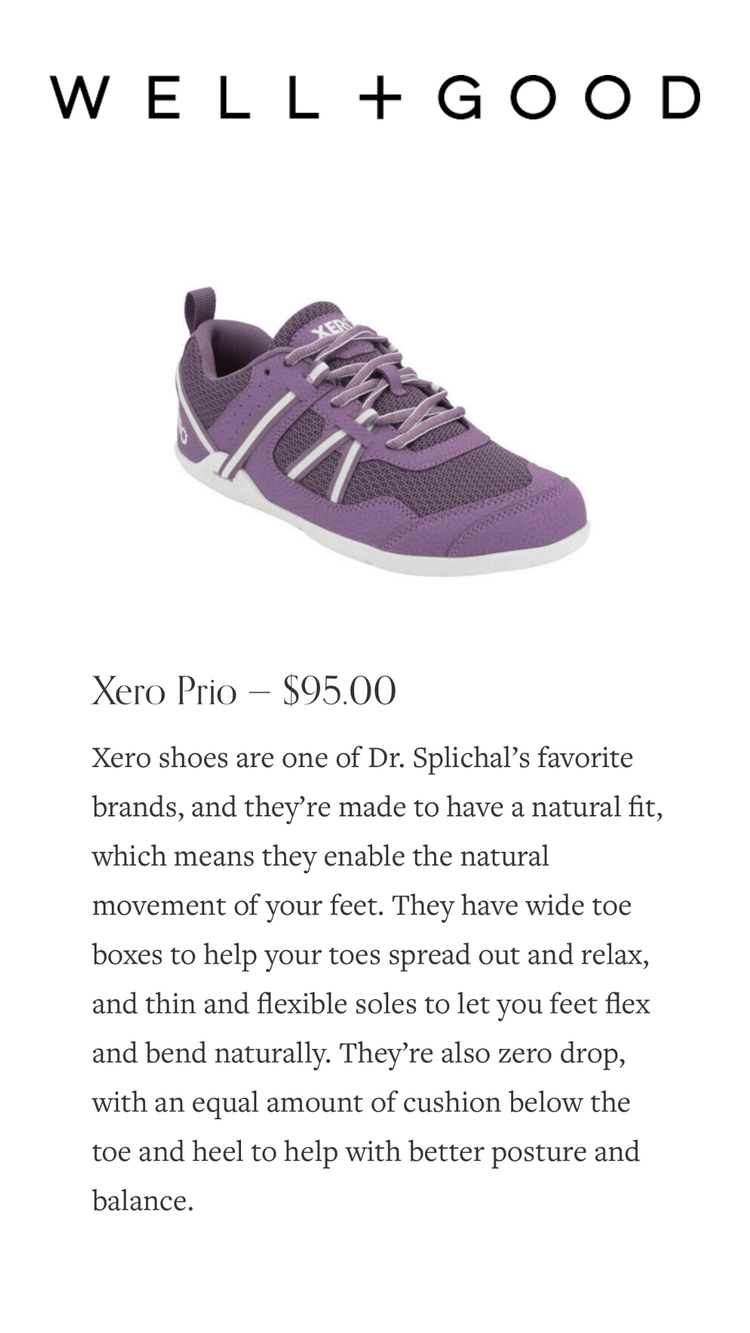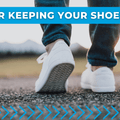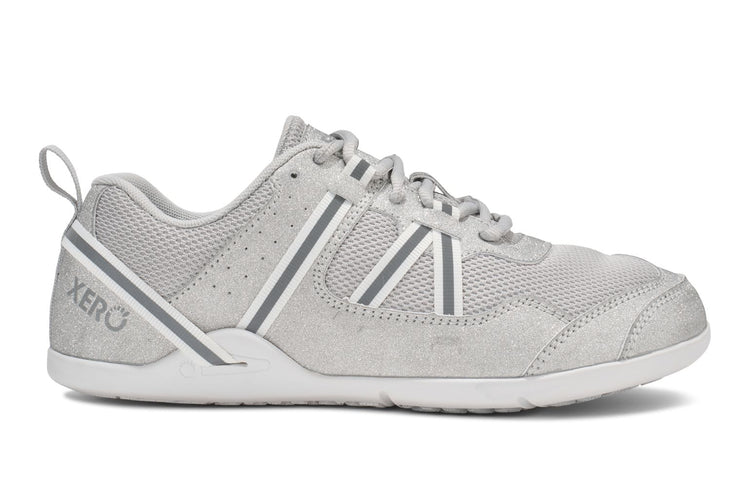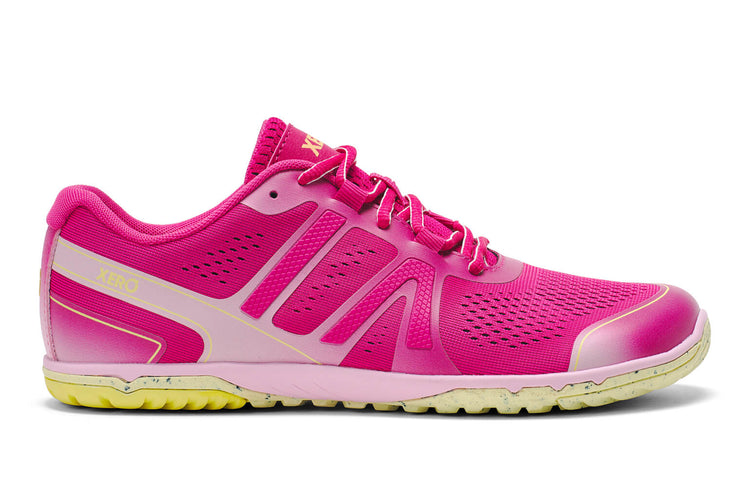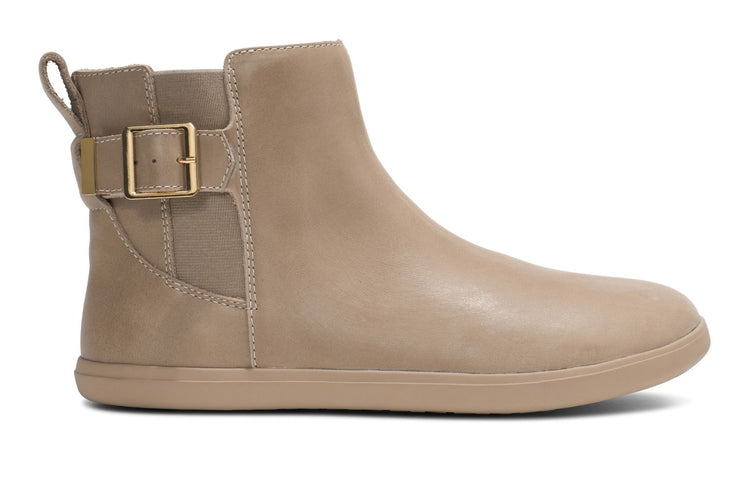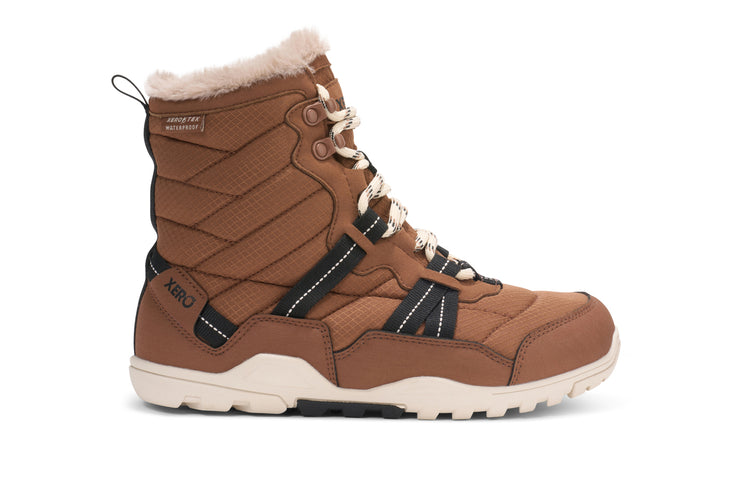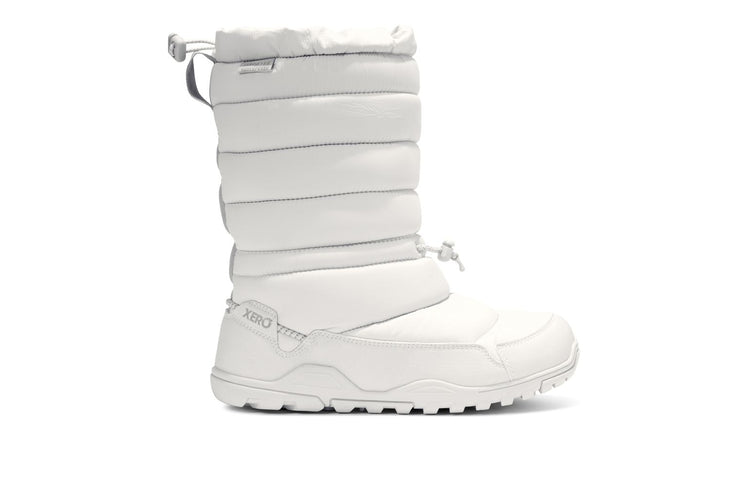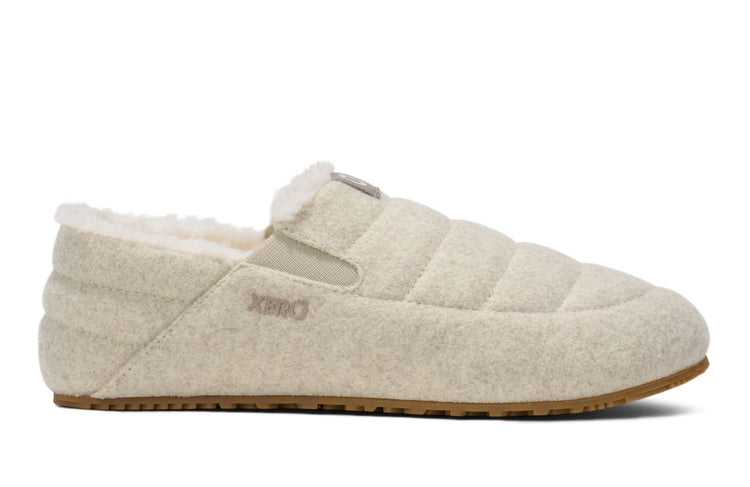“The Dream Shoe”: A Partnership with Xero Shoes & Born to Run 2 Authors
latest News
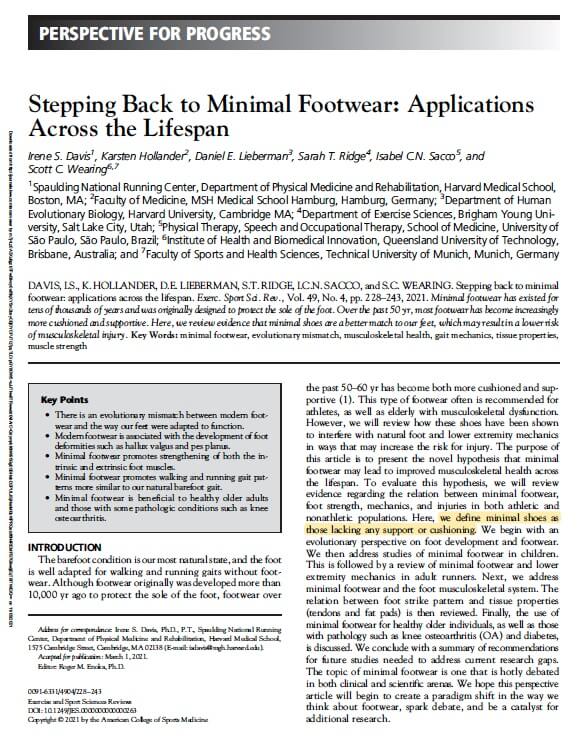
Minimalist and Barefoot Shoes - a scientific overview
When I talk about natural movement and the footwear that does, or doesn't, support it, I'm often asked "Where's your proof?" In fact, if you look at the comments on many of the videos I've made that show how padded, stiff, thick, motion-control, elevated heel shoes with pointy toe boxes don't allow the foot to move naturally, you'll hear from people who agree that each of those characteristics can be bad. I've even had employees of "Big Shoe" companies concede that their products don't allow the foot to move the way, well, feet are meant to move. But then when I show how the design of a truly minimalist shoe, like Xero Shoes, can allow for natural movement which can be beneficial, some of those same people think I'm merely spouting an opinion and not synopsizing a LOT of research. So, if you're one of those people who wants "the proof," I can't think of a better starting point than this paper, published by the American College of Sports Medicine: Stepping Back to Minimal Footwear_Applications Across the Lifespan (clicking the link opens the paper in a new tab). Read the paper, of course, but if you want to have fun, look at the notes so you can see the amount of research that backs up the paper. And if you want to have REAL fun, search for and read the papers listed in the notes. I often call some of that research "The Dumbest Science Ever Done." I'm being deliberately tongue-in-cheek when I use that phrase, but I use it to get people to think about why those of us who promote natural movement need to do serious scientific research to demonstrate something as obvious as "use it or lose it." We all know that if you DON'T USE your muscles, ligaments, and tendons, you LOSE strength, flexibility, function. And, equally, we all know that the way you build strength, flexibility, balance, mobility, and agility is by USING your body. Anyway, enjoy the paper, and leave your thoughts about it in the comments, below...
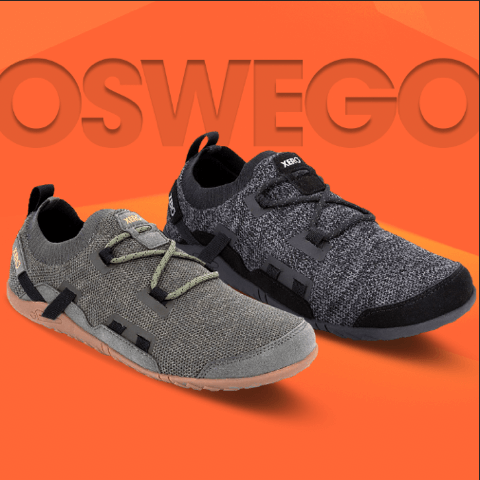
Women's Oswego - Available ON SALE at REI and REI.com
While we update the Oswego for next season, we're out of stock at XeroShoes.comBUT you can find the Women's Oswego at some REI stores and REI.com...And they're ON SALE at 25% off!So head over to https://www.rei.com/product/177358/xero-shoes-oswego-shoes-womens to pick up a pair.Because they only have a limited number of pairs left, if you want a pair:a) Don't delayb) If you want to get them in-store, I'd recommend calling to see if your local store still has them in stock.
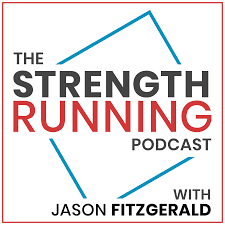
Strength Running Podcast: Are Minimalist Shoes For You?
Xero Shoes CEO Steven Sashen on the Promises of Minimalism Listen to this episode of the Strength Running Podcast and find out if Minimalist Shoes are for you. The host Jason Fitzgerald talks about the beginnings of Xero Shoes, the benefits of minimalism, how to transition, and more.Plus, find out what Jason thought of minimalist shoes...
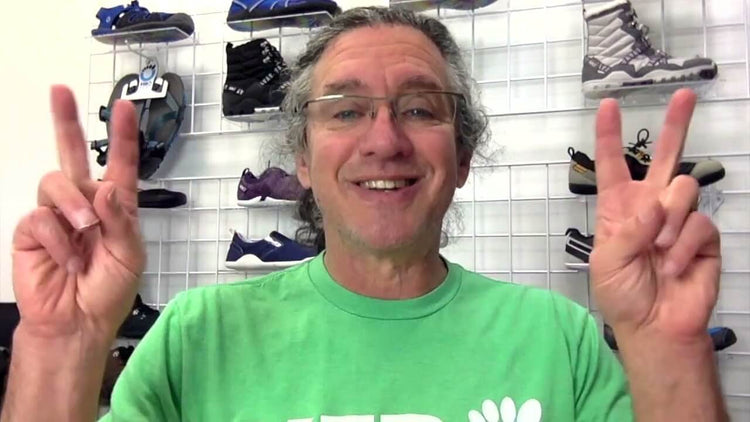
New Research - Minimalist Shoes Improves Balance and Strength in Kids
I've said this before, and I'm going to say it again. It seems silly that in the natural movement and minimalist footwear world we need to prove something as obvious as "use it or lose it." Using your feet means letting them bend, flex, move and feel. "Losing" them means not letting them do those things.So when new research comes out (getting to that in a moment) that's all about use it or lose it, I can’t help but call it, ironically, “stupid research”. Stupid, because, do we really have to prove something as obvious as stupid as use it or lose it?This new research is from the University of Sydney, led by Dr. Shayan Quinlan. It discusses how shoes that allow for natural movement give children stronger feet with better muscle structure, and improve their balance as they grow. We can imagine this would also apply to adults. I have some more to say about the research in this video, below.There’s also an excerpt from an article on the study I think you’ll find particularly interesting…"Based on the study results the researchers recommend parents and carers look for a flexible shoe using the following pointers to identify the difference between available products.– Weight: the lighter the shoe, the better– Flexibility: ensure there is movement when you hold the toe and heel and rotate them in opposite directions and also try folding the shoe in on itself from toe to heel– Structure: the smaller the height difference from the heel to under the ball of the foot the better"While this research wasn't done for Xero Shoes, we can expect this would apply to them as well, since Xero Shoes check these boxes.You can find the study here and the article here, both by the University of Sydney.What’s your take? Comment below.
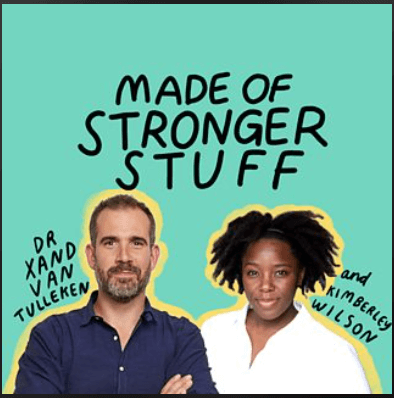
The evolution of human feet and how to have strong feet - BBC podcast
The BBC's Made of Stronger Stuff podcast just dropped an episode called "Feet." Overall... GREAT. It starts with the simplest idea, the arch in your foot is there to support your body. Spot on! Well, there are actually 3 arches in your foot, but they're referring to the one we normally think of -- the longitudinal arch -- when we use the term "arch." Next, it talks about the evolution of the foot and the arch... fascinating. From there it goes into more of what we know about the benefits of natural movement and barefoot running, much from Harvard's Dr. Daniel Lieberman's research, and from Christopher McDougall's book, Born To Run. And they debunk some myths, like, "pronation is bad." (It's a natural part of the spring-like mechanism in your leg.) They even use a phrase I coined when referring to "normal" shoes: Foot Coffins. So, I like that. :-) Then it gets into barefoot running and, overall, LOVE IT. But there are a few points I think they got wrong that I want to highlight: Suggesting that during the "barefoot running boom" which kicked off in 2009, injury rates "went through the roof." This isn't accurate. Aside from vague definitions of what constituted an injury (e.g. calf soreness isn't an injury), no study compared injury rates from new barefooters to new shod runners.They did make the point that you want to transition slowly to build foot muscle strength (and we know from Dr. Sarah Ridge's study, that merely walking in a minimalist shoe builds foot strength as much as doing a foot exercise program), which is great, but... They say that it takes “3 months, minimum” to build the requisite strength to run barefoot (or in a truly minimalist or barefoot shoe). This isn't accurate either. First, transition times vary, person to person. For some, it's just a week or two. For others, longer. Physical therapist, Jay Dicharry has said that the changes to the soft tissue, if you're someone who needs it, takes 6-8 weeks. In short, There's not one fixed amount of time, and 3+ months is, definitely on the long side. Secondly, transition time depends heavily on what you do TO transition. If you follow the instructions here, by starting SMALL, you can reduce that time greatly. This one's no big deal, but they imply that the Tarahumara are always barefoot. Actually, they spend more time in their tire-tread sandals, especially when running. On the other hand... This is the biggie that they got wrong -- when asked about picking "the best shoe", the advice is "Listen to your body. If it's comfortable, it's good for you."This is patently false if you're talking about a cushioned shoe.That shoe can FEEL great, but be BAD for you. Research shows that cushioning, which FEELS great, doesn't, well, cushion. Runners in highly cushioned shoes often put more force into their bodies and land harder on the ground (in part because their brains are trying to get some feedback from the ground, which the cushioning removes).Here's a brief physics lesson for you: "Pressure" is not the same as "Force." You can think of pressure as the total amount of "push", and force as the speed with which that "push" is applied. Well, cushioning can spread out the pressure, so your feet don't feel it as much, but it doesn't change the force. And since most runners in cushioned shoes land on their heel with a relatively straight leg, the force then bypasses their built in shock absorbers -- muscles, ligaments, tendons... and the ARCH -- and goes straight up into their joints. The flip side, of course, is that many people feel the comfort of Xero Shoes immediately, but for different reasons. Namely, the wider, foot-shaped toe box, the flexible sole that lets your feet move naturally, the non-elevated heel which doesn't alter your natural posture, and the fact that you can get ground feedback through the sole, which your brain needs to help you move most effectively and efficiently. Overall, though, the podcast is definitely worth a listen. It's only 35 minutes long... unless you listen to it at 2x speed, which I do ;-) If you check it out here, let me know what you think in the comments, below.

Best Selling Barefoot Shoes Now At XeroShoes.eu
If you are anyone you know is in the EU, they can now buy Xero Shoes from our NEW website, XeroShoes.euWe're so excited to have this new site so our European Union customers can save time and shipping costs and VAT.One thing to note for you barefoot and minimalist shoe lovers: Crazy as it may sound, if you're in the UK, Norway, Switzerland or other European-but-non-EU coutries, it'll probably be less expensive to order from our US-based website since the cost to ship into non-EU countries is often more than shipping from the US.Since Xero Shoes started, a significant number of our customers have come from the EU, but many more didn't order because of the extra time it takes for orders to get across the Atlantic, as well as delays that occurred once the products got to customs or to the local mail delivery service.If you have any questions about our new site for barefoot-inspired shoes, boots and sandals, feel free to email our European Customer Happiness Team at support@xeroshoes.eu
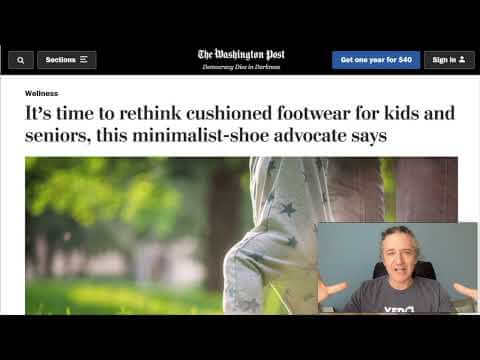
The (Fake?) Barefoot Shoe Debate - Washington Post
Here we have it yet again.Most articles about "barefoot shoes" start by reporting RESEARCH (I'll keep capitalizing that to make a point) and expert opinions on the pro-barefoot side, and bad arguments (at best) presented as the con-side, most of which don't actually have anything to do with the RESEARCH. In the rare times where the counter-argument refers to a study, diving more deeply into that study often reveals methodological problems.The article in question this time is in the Washington Post titled "It’s time to rethink cushioned footwear for kids and seniors, this minimalist-shoe advocate says"In this video, below I walk through the article and, hopefully, add some useful perspective and color. Oh, and this video is a preview of The MOVEMENT Movement podcast. Find more episodes here. What do you think? Leave a comment below.
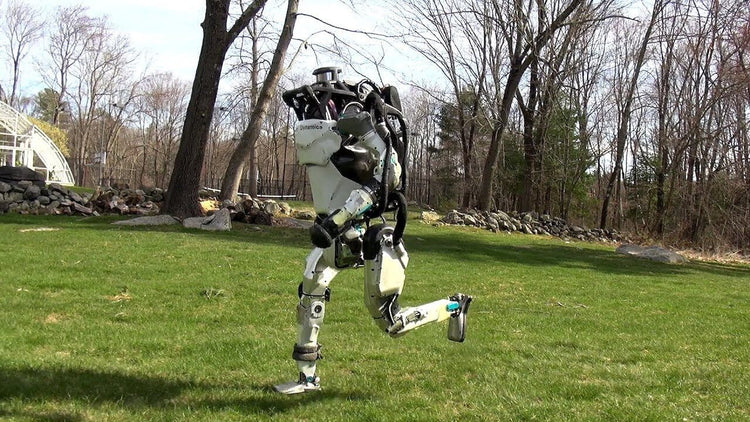
Learn perfect running form from a ROBOT!
If you haven't seen the videos of the Boston Dynamics robots, you MUST.They're simultaneously, amazing and spooky (especially the videos of Spot, the robot "dog."My favorite is the one below, because Atlas the robot has almost PERFECT running form! Check it out: Notice that his foot lands pretty much right under his body. No "overstriding" Notice that his foot lands sort of midfoot, often with the heel off the ground. The heel comes down, but Atlas isn't heel striking. If you know Pose Method or Chi Running, Atlas looks like he's taken a workshop. Video tape yourself and see how you compare to Atlas. If you can make adjustments to be more "robotic" you'll probably find that you're running "more human"!

Xero Shoes makes Inc. 5000 for FIFTH year in a row
Inc. magazine today revealed that Xero Shoes ranked No. 1498 on its annual Inc. 5000 list, the most prestigious ranking of the nation’s fastest-growing private companies. This is the fifth year in a row that Xero Shoes makes the listing, as the company has grown by 316 percent over three years, from 2017 to 2020, and added 20 jobs. Says co-founder and CEO, Steven Sashen, “Given how challenging the last few years have been, we’re grateful that both our incredible team and passionate customers have allowed us to continue growing at this rapid rate.” Xero Shoes has been a recipient of several other 2021 awards: Sashen was named on the 2021 Titan 100 list featuring Colorado’s top 100 CEOs and C-level executives. Xero Shoes ranks number three in BizWest’s Mercury 100 and number 11 on Colorado Biz Magazine’s Top 100 Women-Owned Companies. Xero Shoes is the official footwear sponsor of the USA Olympic Artistic Swimming Team and USA Olympic Archery Team. Not only have the companies on the 2021 Inc. 5000 been very competitive within their markets, but this year’s list also proved especially resilient and flexible given 2020’s unprecedented challenges. Xero Shoes in particular has overcome supply chain challenges while still growing their revenue by 88 percent in 2020. “Being named to the Inc. 5000 demonstrates our team’s resilience and commitment to provide the best customer experience to our community,” said Lena Phoenix, Co-Founder and CFO of Xero Shoes. Among the companies named by Inc. 5000, the average median three-year growth rate soared to 543 percent, and median revenue reached $11.1 million. Together, those companies added more than 610,000 jobs over the past three years. Complete results of the Inc. 5000 can be found at www.inc.com/inc5000. Grab the press release about this achievement at https://xeroshoes.com/press/
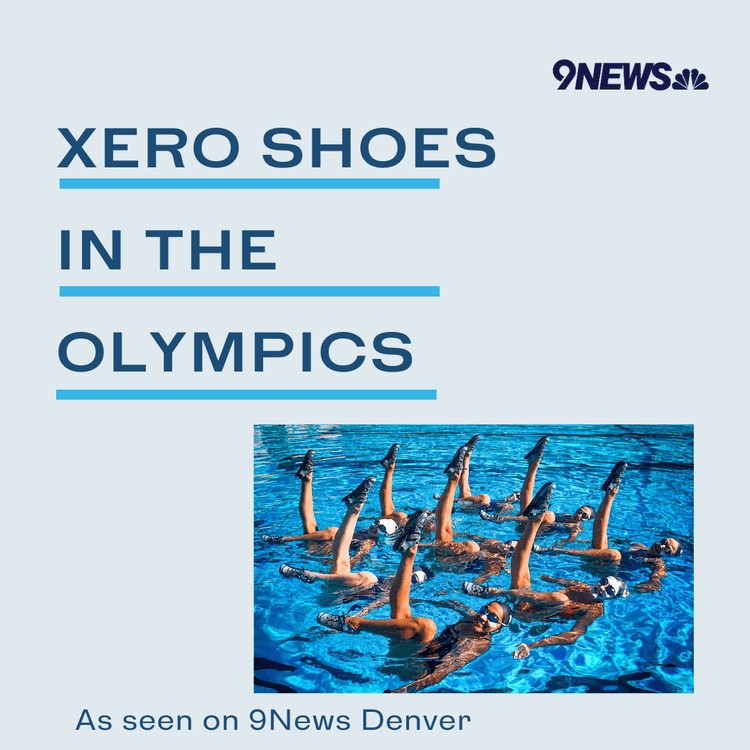
Xero Shoes at the Tokyo Olympics
Xero Shoes is proud to be the footwear supplier for USA Artistic Swimming and USA Archery. I know what you're thinking: swimmers don't wear shoes. True, but they need shoes to get to and from the pool and, hopefully, when they're on the podium. Plus swimmers need strong feet and research from Dr. Sarah Ridge showed that merely walking in minimalist shoes like Xero Shoes build foot muscle strength (the study used a different, similar, brand). Archers, find that a thin, flexible sole gives them a more connected feeling to the ground, which can help, too. We wish all the Xero Shoes athletes the best of luck in the Tokyo Olympics... and beyond! Discover the comfort, fun, and benefits of Xero Shoes here
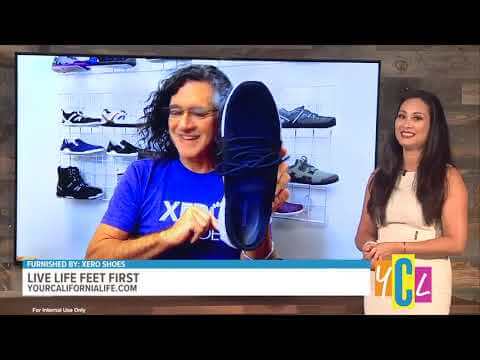
Can you workout in bare feet? ABC 10 Sacramento finds out
Can you workout in bare feet? Your Life California asked that to Xero Shoes CEO, Steven Sashen To answer the question, think about baby feet. Yes, baby feet... those cute things at the end of their legs that we like to tickle and nibble. When a baby learns to walk, do you want to squeeze its toes, mess with its posture by elevating its heel, put it in stiff shoes that don't let its feet bend and flex, get in the way of the sensations its feet are sending to its brain (so the brain can learn how to move)? Of course not. Well, that's what most athletic shoes do to you! There's a reason that powerlifters deadlift in socks or bare feet. Or why when we do pushups we spread our fingers (for balance and strength). Treat your feet the same way. Let them do what's natural. Xero Shoes give you that barefoot experience, but with a layer of protection and style. See the complete line at https://xeroshoes.com/shop/ What do you think? Have you worked out in bare feet? Or Xero Shoes?

